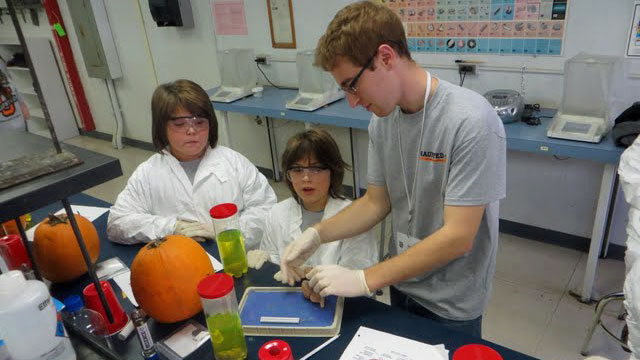
pennstatenews/Flickr
In many schools, field trips are becoming a rare luxury. But what if there was a way to bring the excitement that students show for those real-world experiences into the classroom?
An Australian organization called Scientists in Schools has flipped the field trip model, pairing volunteer scientists and mathematicians with classrooms around the country. Australian schools, like many schools around the world, don’t teach a lot of science at the primary school level. Teachers, who are responsible for covering all subjects, lack confidence when teaching science. Similarly, while there is a focus on numbers in primary grades, some of the broader elegance of math is lost. Australia performs well on international achievement tests, but its students report feeling disengaged and don’t often choose to specialize in math and science as they get older.
To combat this trend, the Australian government funded Scientists in Schools to help form partnerships between practicing scientists and both primary and secondary classrooms. They hoped that by bringing a practicing scientist into the classroom students, would be able to connect their learning to its real-world application, inspiring them to pursue careers in science and math. They also hoped it would increase scientific literacy nationally and engage active scientists with the community.
Scientists are paired with a classroom and visit several times throughout a term. They do hands on activities and demonstrations, go on field trips, host science clubs, mentor and coordinate with teachers to make sure they are contributing to the curriculum. By bringing real science into the classroom they hope to inspire both teachers and students. If a school is remote, some partnerships are conducted long-distance through video conferencing. Scientists for Schools provides funds for the scientist to visit in person at least once a year to help facilitate the relationship.

